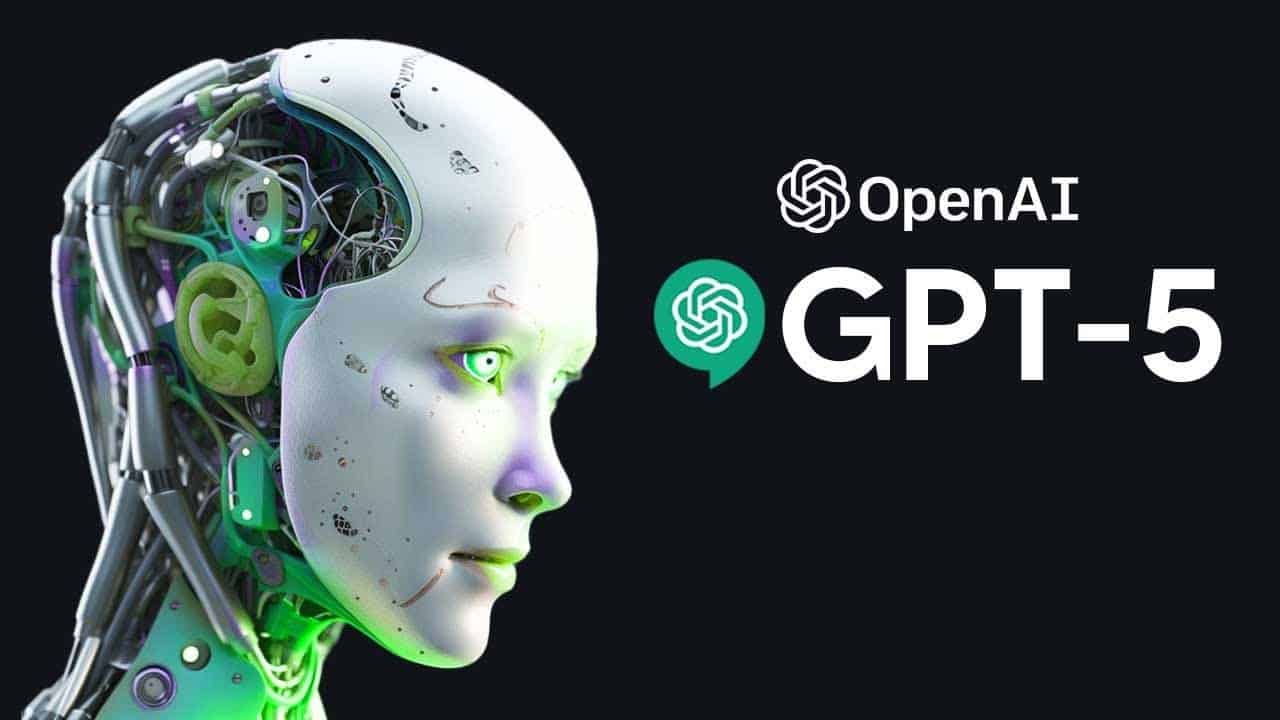GPT-5 rollout issues has been dominating AI news since OpenAI launched its most anticipated model last Thursday. GPT-5 was advertised as a revolutionary leap from GPT-4o, promising smarter reasoning, richer creativity, and more natural conversation. Instead, early users reported what felt like a personality downgrade, logical slip ups, and answers far below expectations.
By Friday, OpenAI CEO Sam Altman admitted that a core feature designed to automatically switch between models based on query complexity had malfunctioned. This glitch made GPT-5 responses appear less capable, sparking a wave of criticism and memes across social media.
A Technical Misstep with Big Consequences
Altman’s explanation was straightforward The result was GPT-5 seemed way dumber. The switching bug meant GPT-5 wasn’t consistently using its full reasoning power. While Plus subscribers could still access GPT-4o, the launch day blunder amplified user frustration and fueled the GPT-5 rollout issues narrative online.
John Miller, a full stack developer in Seattle, shared his disappointment. I asked GPT-5 to design a multi step API workflow. The code it generated didn’t compile. GPT-4o would’ve nailed it on the first try. This was a step backward.
Why Expectations Were Sky High
The backlash wasn’t just about bugs it was about broken expectations. When OpenAI introduced GPT-4 in March 2023, it impressed experts worldwide, acing complex reasoning tasks, passing parts of the bar exam, and even composing music.
GPT-5 was expected to surpass this, with pundits predicting unmatched reasoning, deeper memory, and richer creativity. When those dreams met reality, the GPT-5 rollout issues became a major talking point.
Temporary Setback or Long Term Problem?
Dr. Elena Ruiz, an AI researcher at Stanford, believes users may be judging too quickly. With every major AI release, there’s a hype wave and then a correction. GPT-5’s launch hiccup is serious but likely solvable. Remember, GPT-4 had early issues with context handling that were patched in weeks.
Still, she warns, perception is powerful, Once people believe a tool got worse, you need both fixes and direct engagement to win them back. Many veteran ChatGPT users noticed a change in tone. GPT-5’s responses felt cleaner but less warm, with reduced humor and creativity. Some suspect OpenAI tightened safety filters, leading to a more restrained style.
Maria Santos, a freelance copywriter from Lisbon, said. GPT-4o felt like a fun, witty colleague. GPT-5 is efficient, but it’s like working with a risk averse robot. For some, the GPT-5 rollout issues aren’t just about bugs they’re about the loss of that human touch.
Strengths Hidden Beneath the Glitch
Once the switching bug is disabled, performance tests suggest GPT-5 still has major improvements over GPT-4o. Better multilingual understanding especially in low resource languages. Improved long context handling for large documents. Higher factual accuracy in connected mode.
AI analyst Patrick Lee notes, The bug hurt first impressions, but on complex reasoning tasks, GPT-5 outperforms GPT-4o. The question is whether users will give it another chance.
OpenAI moved fast to contain the damage. Within 24 hours, Altman assured users GPT-4o would remain available for Plus subscribers, while engineers worked on fixes. The company also hinted at adding user controls to lock in GPT-5 or switch to older models on demand. This is a smart move giving users agency can help soften the GPT-5 rollout issues narrative.
Lessons from Past AI Stumbles
The tech industry has seen similar moments. Google’s Gemini Ultra had a shaky debut before improvements won over critics. Meta’s LLaMA models faced skepticism before becoming research staples. The difference here is scale ChatGPT’s massive user base means small glitches get magnified instantly.
What’s Next for GPT-5
Based on OpenAI’s history, the next updates will likely include. A fixed switching system to ensure GPT-5 always operates at full capacity. Restored personality tuning to bring back the liveliness many users miss.
Custom tone controls so users can balance efficiency and creativity. If OpenAI delivers these changes, GPT-5 could recover its reputation and move past the GPT-5 rollout issues tag.
The story of the GPT-5 rollout issues is more than a glitch it’s a lesson in managing expectations for next gen AI. Users now see these tools not just as software, but as partners in work and creativity. A stumble feels personal.
Case studies, expert opinions, and personal accounts show GPT-5’s flaws are real but fixable. The real challenge for OpenAI will be not just improving the model, but restoring the trust that fuels its massive community.
If they succeed, this rocky start might be remembered not as a failure, but as proof that even AI giants must learn, adapt, and evolve.

